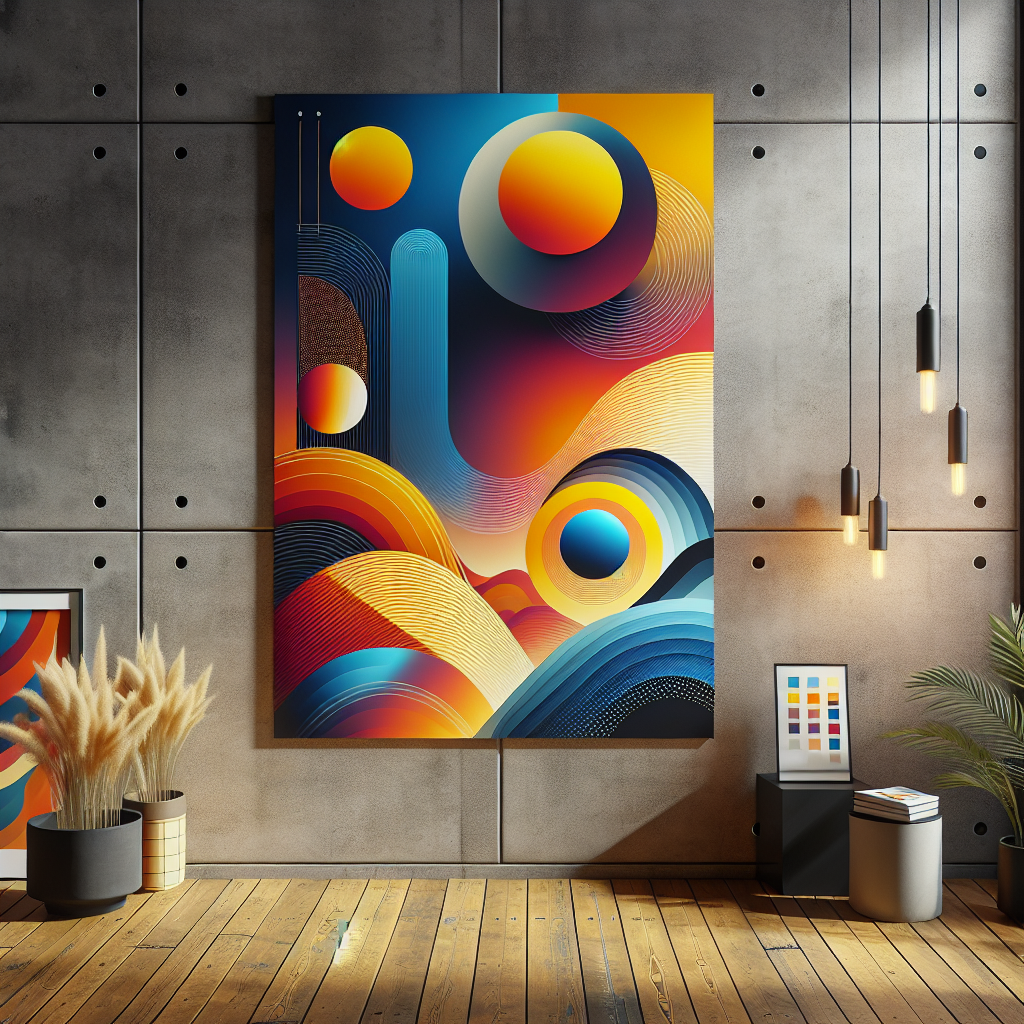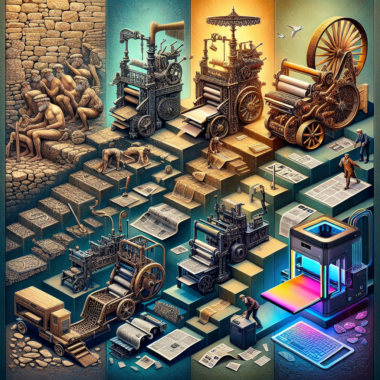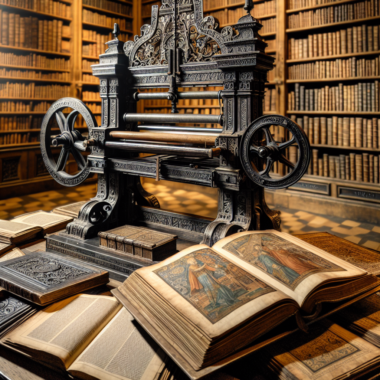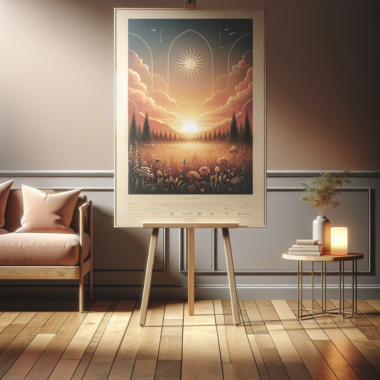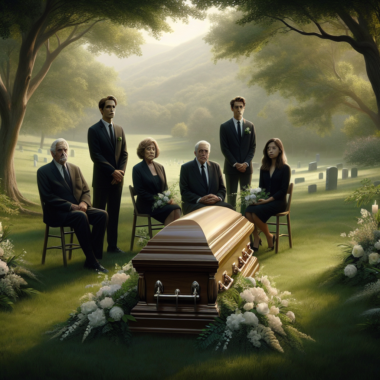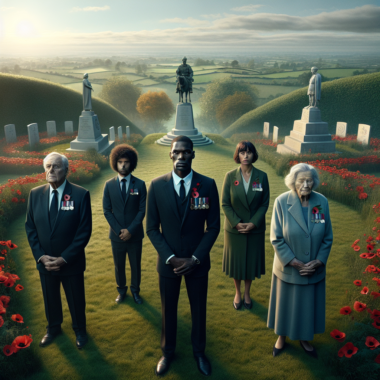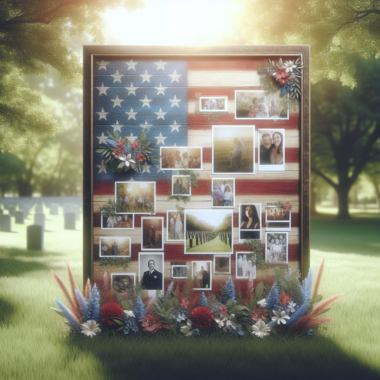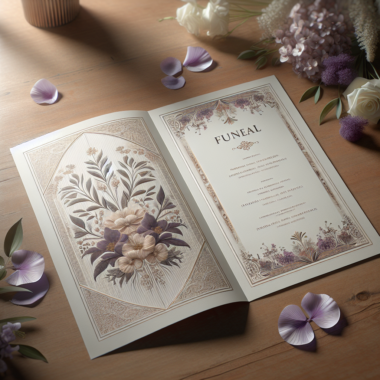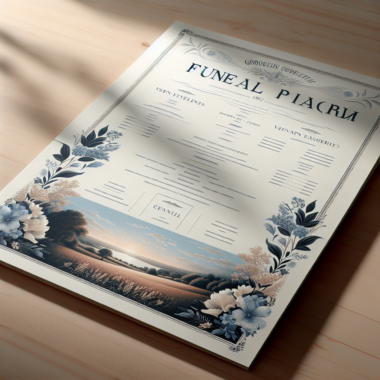Creating an intriguing poster is not merely about aesthetic appeal; it plays a crucial role in effectively communicating your message. **Understanding the importance of poster design** can significantly influence how your audience perceives and engages with the information presented. A well-designed poster serves as a visual anchor that draws attention and conveys emotion, making it a vital tool in both personal and professional settings.
Here are several reasons why poster design is essential:
- First Impressions Matter: A visually appealing poster captures the viewer’s attention immediately, often determining whether they will engage with the content further.
- Conveys Information Quickly: Posters should deliver their message at a glance. Effective use of imagery, typography, and layout can help convey complex ideas succinctly.
- Sets the Tone: The design choices you make can evoke specific emotions and set the overall tone of the message, whether it be somber, celebratory, or informational.
- Encourages Retention: Engaging visuals and well-structured information enhance memory retention, making it more likely that your audience will remember the key points.
By mastering the principles of poster design, you ensure that your message resonates with your audience. If you’re looking to create impactful materials for a special occasion, order funeral & memorial prints today to help you honor your loved ones with dignity and grace.
Choosing a Compelling Poster Theme
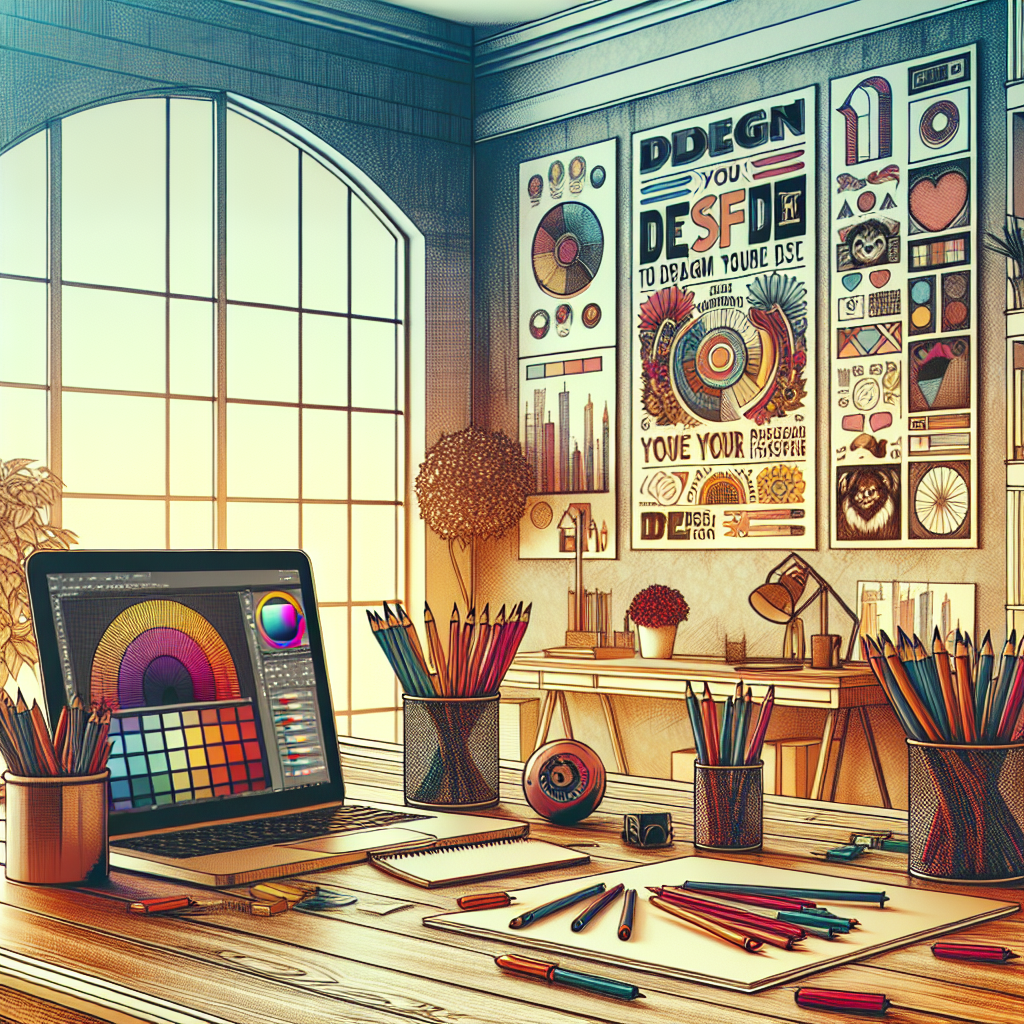
Choosing a compelling poster theme is fundamental to ensuring your message is conveyed effectively. The theme serves as the backbone of your design, guiding the visual elements, color schemes, and overall atmosphere. A well-chosen theme not only captivates the audience but also aligns with the message you want to communicate.
Here are some key factors to consider when selecting a theme for your poster:
- Audience Awareness: Understand who your target audience is. Tailoring your theme to resonate with their interests and emotions can enhance engagement and relatability.
- Purpose of the Poster: Define the main objective of your poster. Whether it’s to inform, persuade, or commemorate, the theme should reflect its purpose, making the message clear and impactful.
- Visual Consistency: Choose a theme that allows for visual harmony. This includes colors, fonts, and images that complement each other and create a cohesive look. Consistency helps in reinforcing the message you want to convey.
- Emotional Connection: A theme that evokes emotion can significantly enhance the impact of your poster. Consider how different themes can stir feelings and connect with the audience on a deeper level.
Incorporating these considerations into your theme selection can elevate your poster from ordinary to extraordinary, making it a powerful communication tool that resonates with viewers.
Utilizing Eye-Catching Visual Elements
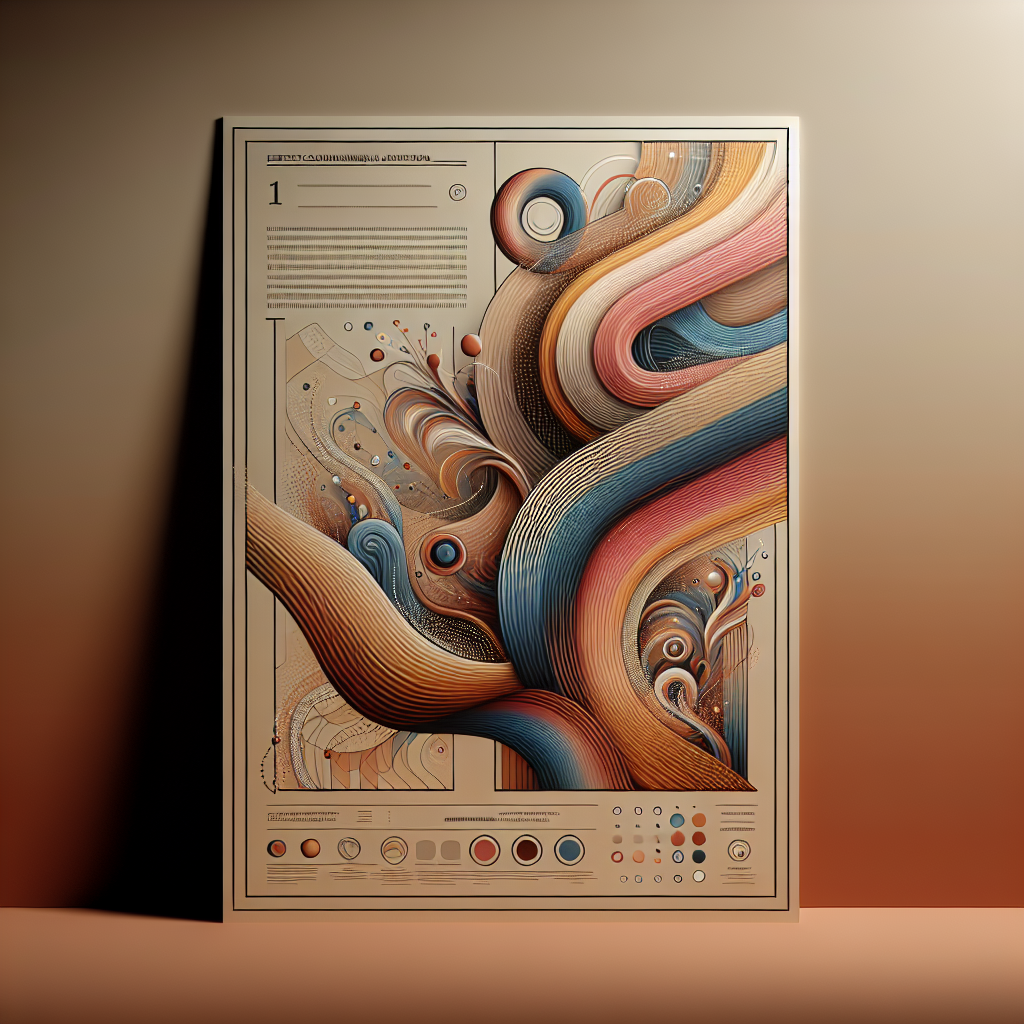
In the world of poster design, visuals are often the first thing that captures a viewer’s attention. Utilizing eye-catching visual elements is essential for making your poster stand out and effectively communicate your message. The right visuals can create an immediate impact and draw the audience in, making them more likely to engage with the content.
Here are some strategies for incorporating eye-catching visuals:
- Bold Imagery: Use high-quality images that are relevant to your theme. Bold, striking images can create a strong visual focal point, helping to draw the viewer’s eye and pique their interest.
- Color Contrast: Leverage contrasting colors to make important elements pop. A well-thought-out color scheme not only enhances aesthetics but also helps in highlighting key information.
- Creative Typography: Typography is an often-overlooked visual element. Experiment with different fonts and sizes to create a hierarchy of information. Ensure that the text remains legible while still being visually appealing.
- Infographics and Icons: Incorporating infographics or icons can simplify complex information. They serve as visual shortcuts that convey ideas quickly and effectively, making your poster more informative and interesting.
By strategically incorporating these visual elements, your poster can become a captivating piece that not only attracts attention but also enhances the overall message you wish to convey.
Incorporating Engaging Text and Fonts

The text on your poster is equally important as the visuals; it serves as the backbone of your message. Incorporating engaging text and fonts is vital for ensuring that your audience not only reads but also connects with the information presented. Here are some effective strategies to make your textual content more engaging:
- Concise Messaging: Use clear and concise language to convey your point. Avoid cluttering your poster with too much text; instead, focus on key phrases and essential information that resonate with the audience.
- Varying Font Sizes: Create a visual hierarchy by varying font sizes. Use larger fonts for headlines and smaller fonts for additional details. This helps guide the viewer’s eye through the poster.
- Font Choice: Choose fonts that align with the theme of your poster. For a professional look, consider clean and modern fonts; for a more casual vibe, playful fonts may be appropriate. Ensure that the font is readable from a distance.
- Interactive Elements: If appropriate, consider incorporating QR codes or hashtags that encourage interaction. This can lead viewers to further information online, making the experience more engaging.
By thoughtfully combining compelling text with appropriate fonts, you can enhance the overall impact of your poster and ensure that your message is not only seen but also understood and remembered.
Strategically Placing Information for Impact
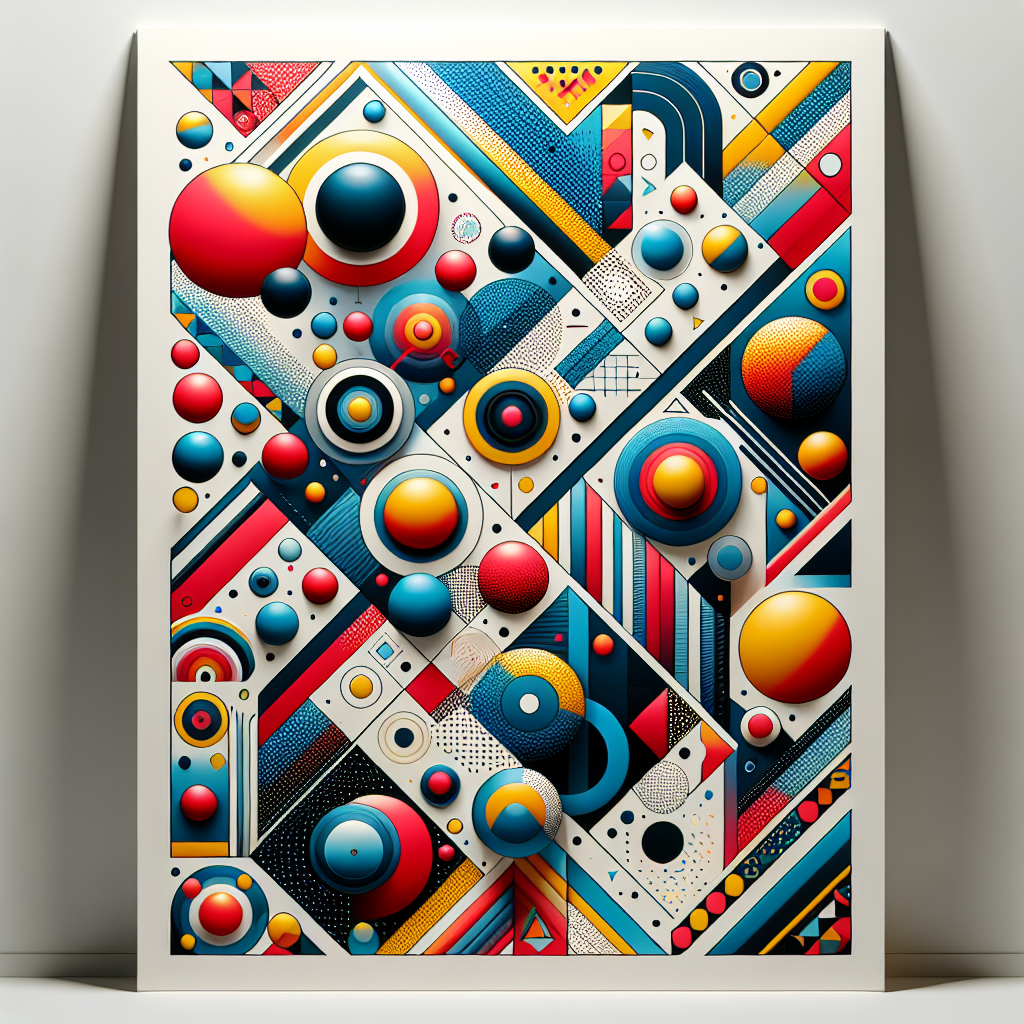
When designing a poster, strategically placing information for impact is crucial for capturing attention and guiding the viewer through the content. The layout you choose can significantly affect how your message is perceived. Here are some effective strategies to consider:
- Visual Flow: Arrange elements in a way that leads the viewer’s eye naturally from one piece of information to the next. Use lines, arrows, or visual cues to create a flow that helps guide attention.
- Top-Down Hierarchy: Place the most important information at the top of the poster. This is where the eye typically lands first. Follow up with supporting details below, ensuring that each section is logically connected.
- Balanced White Space: Don’t cram your poster with information. Using white space effectively can enhance readability and make the content feel less overwhelming. It also draws attention to the key messages.
- Grouping Related Content: Cluster related information together. This creates a visual relationship that helps the viewer make connections between different pieces of information, enhancing overall comprehension.
By implementing these strategies, you can create a poster that not only conveys your message clearly but also leaves a lasting impression on your audience.
Tips for Finalizing and Printing Your Poster
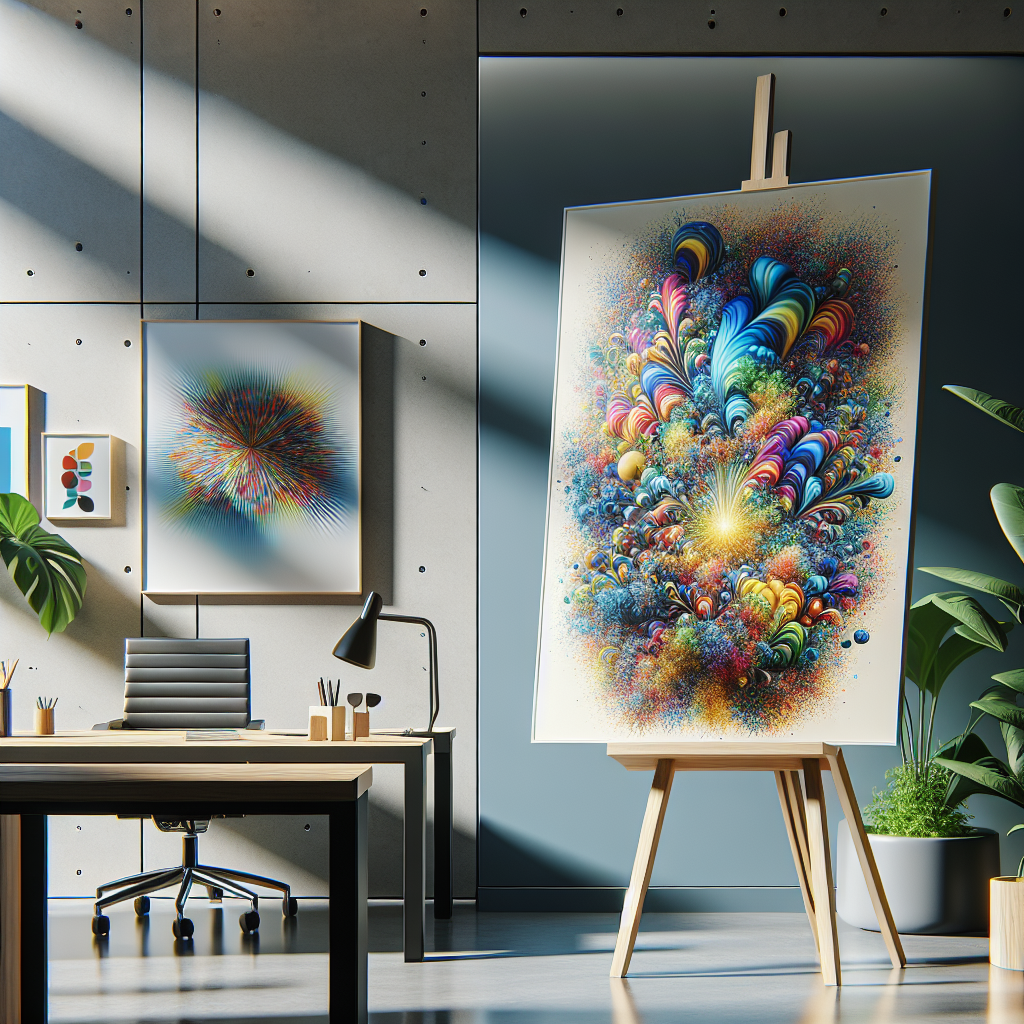
Once you’ve designed your poster, finalizing and printing your poster is the next critical step to ensure it looks as great in print as it does on screen. Here are some tips to help you through this process:
- Proofread Thoroughly: Before sending your design to print, carefully proofread all text for spelling and grammatical errors. It’s often helpful to have someone else review it as well, as a fresh set of eyes can catch mistakes you might have overlooked.
- Check Image Quality: Ensure that all images used in your poster are high-resolution. Low-quality images can appear pixelated or blurry when printed, detracting from the overall impact of your poster.
- Choose the Right Paper: The choice of paper can significantly affect the final look of your poster. Consider using glossy paper for vibrant colors or matte paper for a more subdued, professional appearance.
- Test Print: If possible, print a smaller version of your poster or a proof before finalizing. This allows you to see how colors and layouts appear in physical form and make any necessary adjustments.
With these tips in mind, you can approach the printing process with confidence. If you need assistance with printing funeral and memorial products, order funeral & memorial prints today to ensure your memories are beautifully preserved.
 Free Shipping Over $50
Free Shipping Over $50 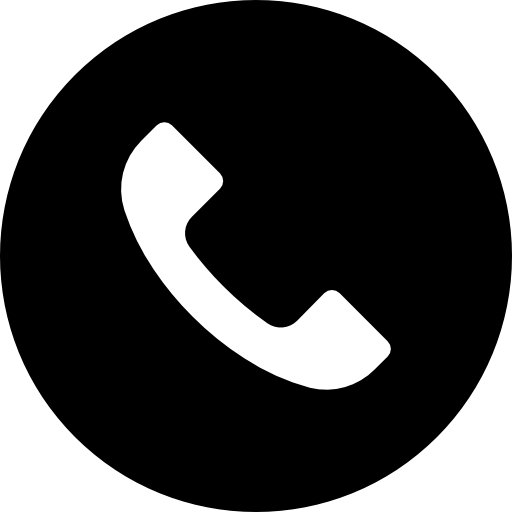 888-432-8363
888-432-8363


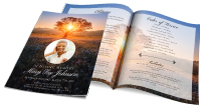 Obituary/Programs
Obituary/Programs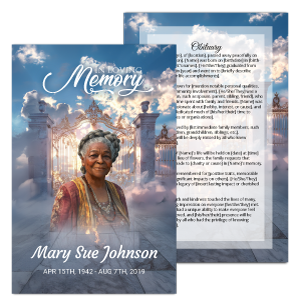 No-Fold Memorial Programs
No-Fold Memorial Programs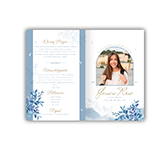 4 Page Funeral Programs
4 Page Funeral Programs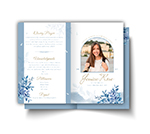 8 Page Memorial Programs
8 Page Memorial Programs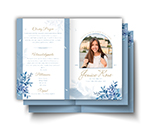 12 Page Funeral Programs
12 Page Funeral Programs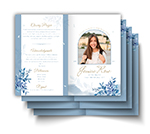 16 Page Funeral Programs
16 Page Funeral Programs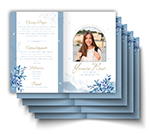 20 Page Funeral Programs
20 Page Funeral Programs Tri-Fold Funeral Programs
Tri-Fold Funeral Programs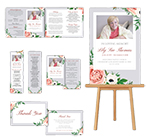 Complete Memorial Packages
Complete Memorial Packages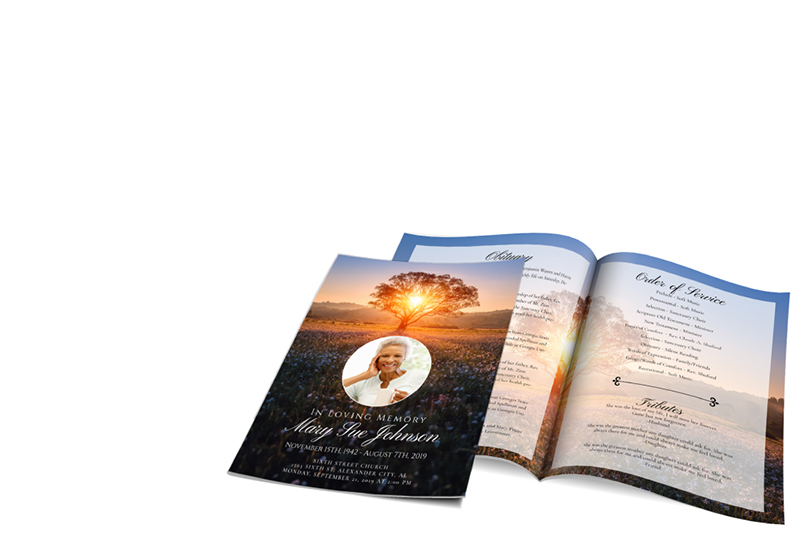
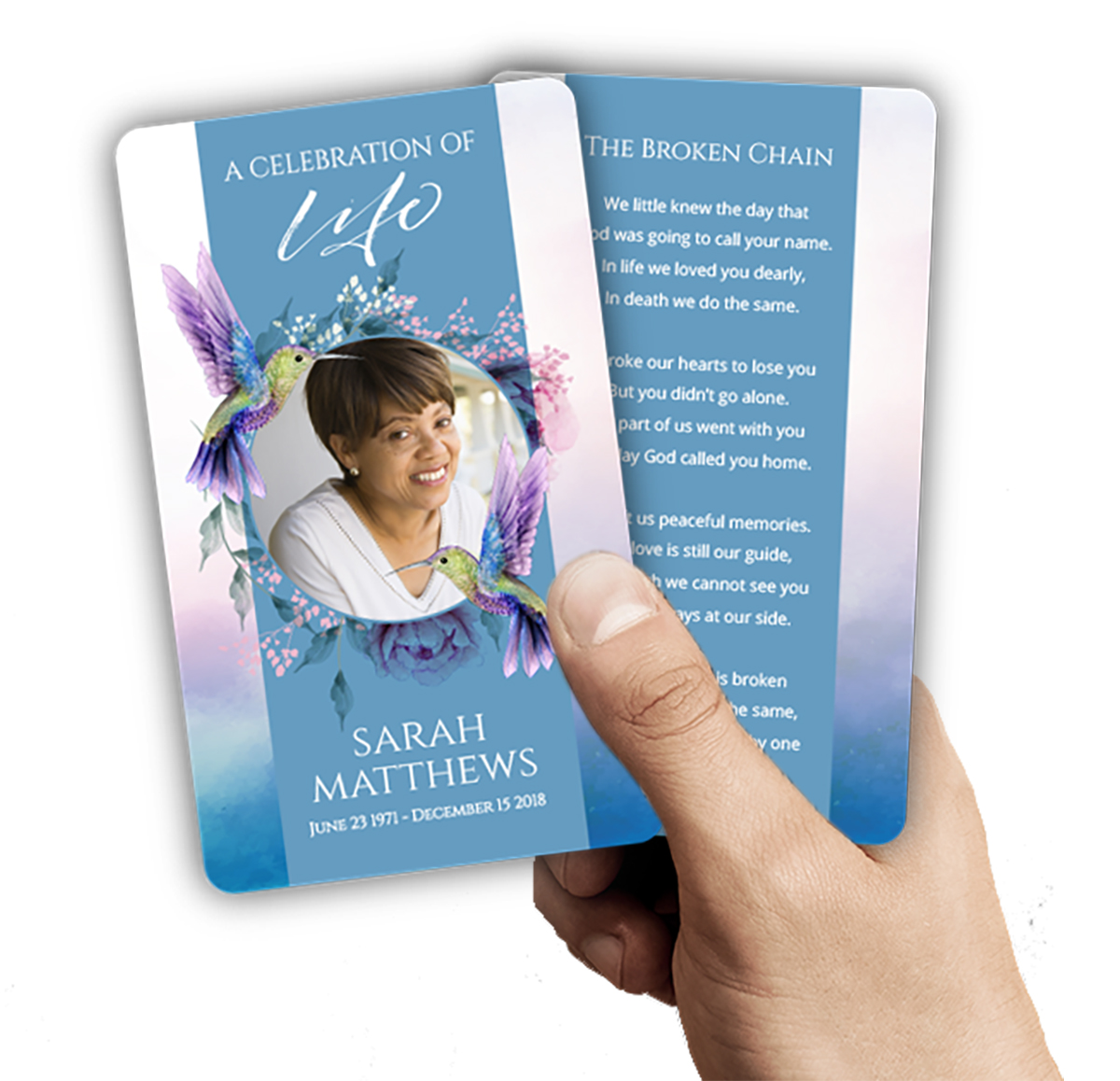 Cards & Bookmarks
Cards & Bookmarks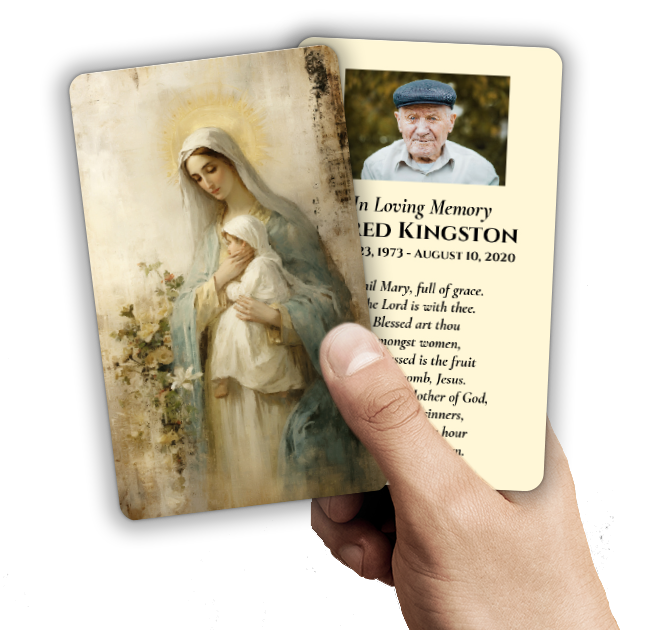 Saint Prayer Cards
Saint Prayer Cards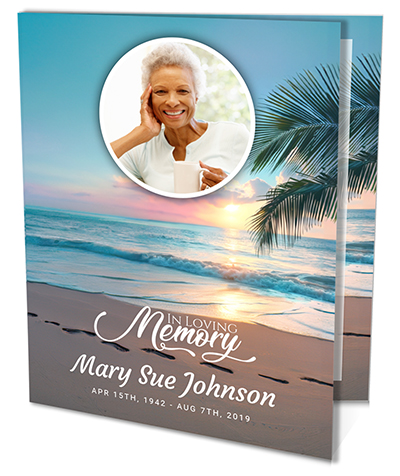 Folded Memorial Cards
Folded Memorial Cards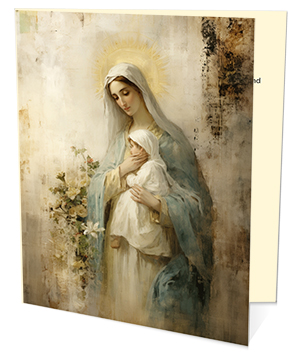 Folded Holy Cards
Folded Holy Cards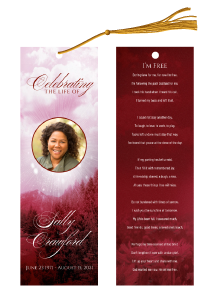 Memorial Bookmarks
Memorial Bookmarks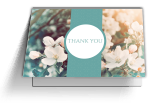 Thank You Cards
Thank You Cards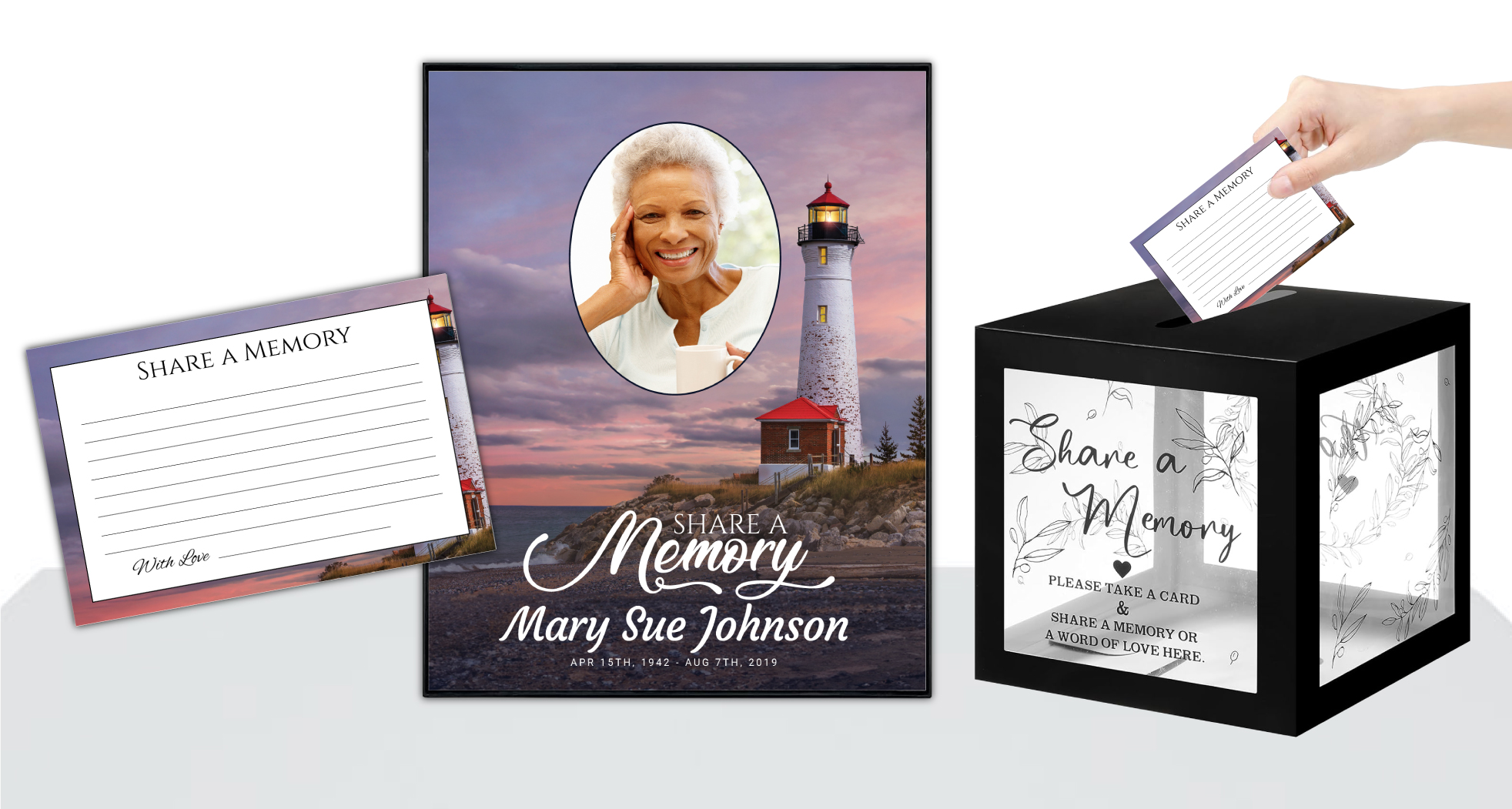 Share-A-Memory Cards
Share-A-Memory Cards Memorial Magnets
Memorial Magnets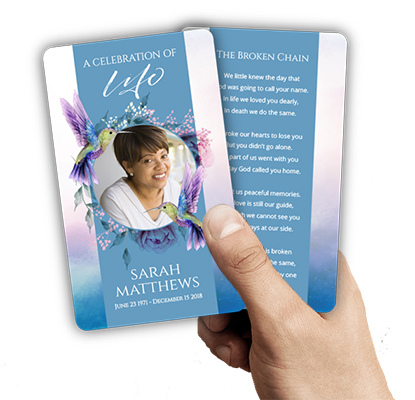
 Memorial Posters
Memorial Posters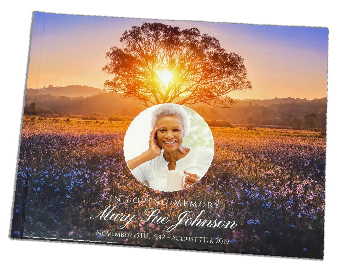 Guest Books
Guest Books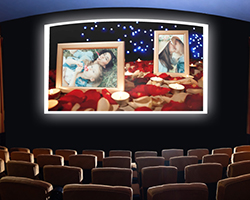 Slide Shows
Slide Shows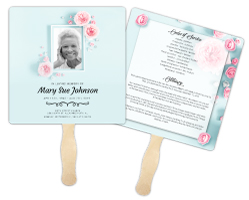 Memorial Fans
Memorial Fans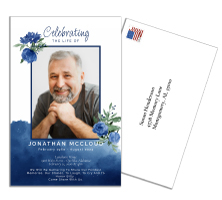 Death Announcements
Death Announcements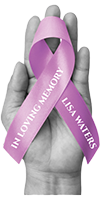 Take Away Keepsakes
Take Away Keepsakes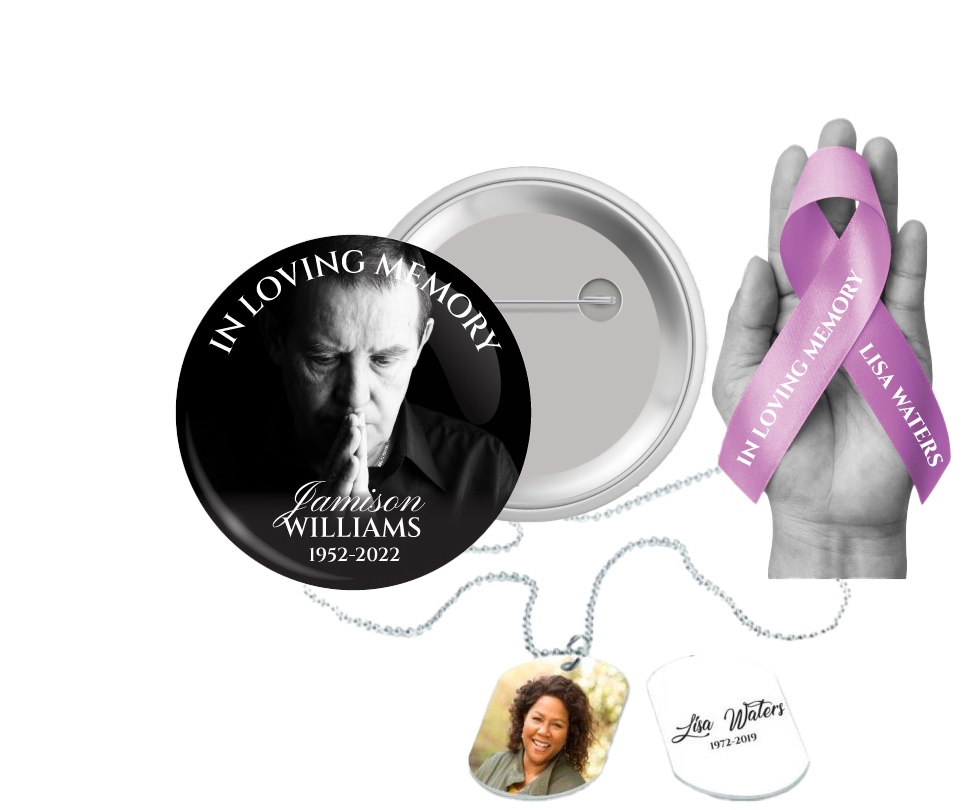
 Church Products
Church Products